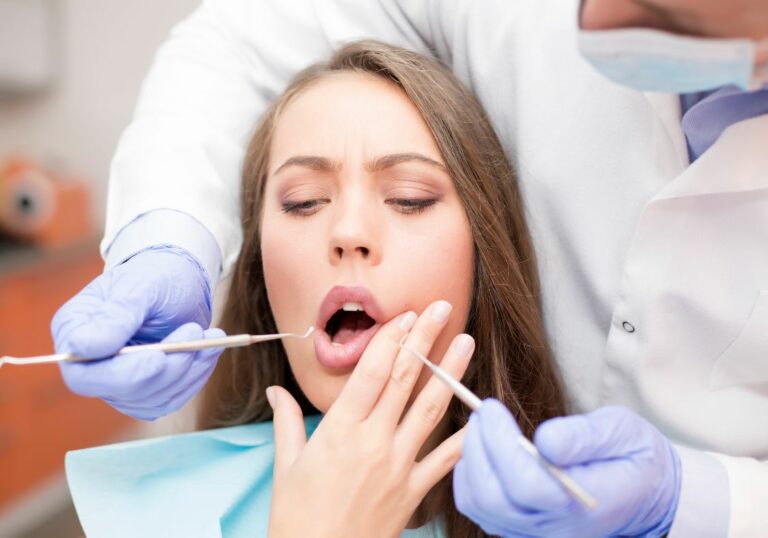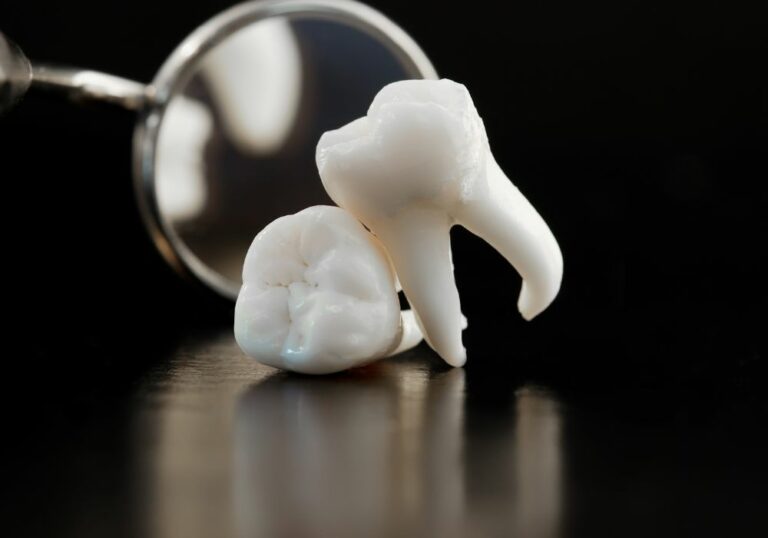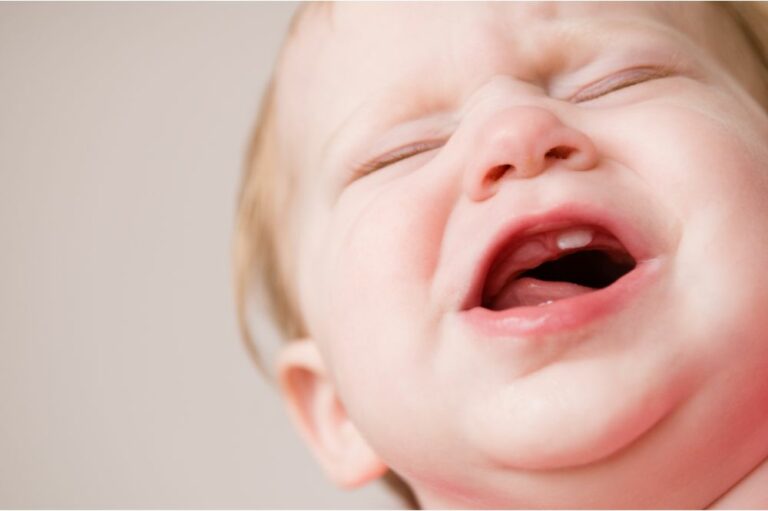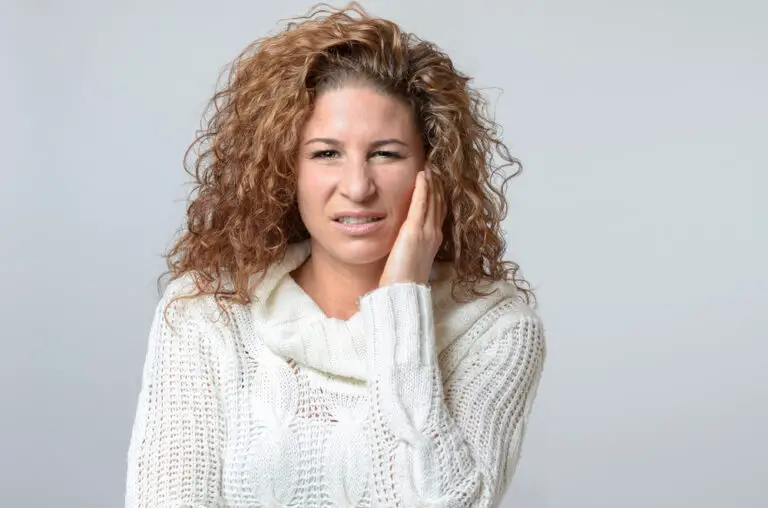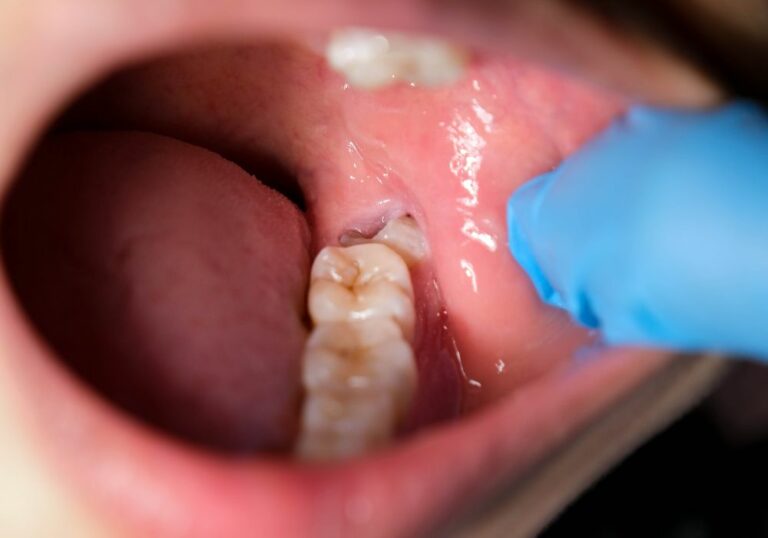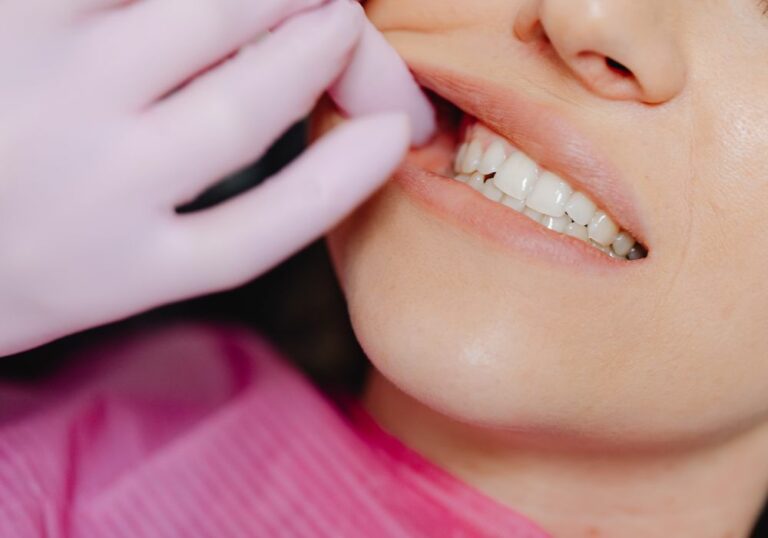For anyone interested in horses, there’s so much to learn about these majestic animals, including everything related to their behavior, their nutrition, the equipment used for riding, the types of illnesses they can suffer from and so much more.
Another of the most important things you need to learn about is horses’ teeth since dental health plays a vital role in the overall health of the animal – and to give you an introduction to this topic, in this post, we look at the question, how many teeth do horses have?
If you want an introduction to some of the things we’re going to be discussing, you can also check out this video about dentistry in horses before reading on.
How Many Teeth Do Horses Have? – The short answer
Horses’ teeth is a fascinating subject, and it’s something that all horse owners and keen riders should know about.
However, before we get into the details of this topic, let’s start with a short answer.
How many teeth do horses have? An adult horse usually has between 36 and 44 teeth in its mouth – but the usual number for mares is 36-40 while males usually have 40 or more.
But to understand why the number can vary – and to learn more about why horse teeth are so important – we need to go into a bit more detail. So let’s jump in and get started.
Heterodontous and diphyodontous
Horses, like humans, are both heterodontous and diphyodontous – but what does this mean?
“Heterodontous” is a fancy way of saying an animal has different types of teeth. For example, we have four types of teeth: incisors, canines, premolars and molars (which includes wisdom teeth, the last teeth to erupt in our mouths).
Horses, on the other hand, have at least three different types of teeth, but some can have one or two more – something we’ll come back to in just a moment.
“Diphyodontous”, on the other hand, means that an animal has two sets of teeth in its life. First, a set of milk teeth erupt – and these are replaced by a set of permanent teeth later in the animal’s life.
Horses and humans, along with most other mammal species, are diphyodontous.
Types of Horse Teeth
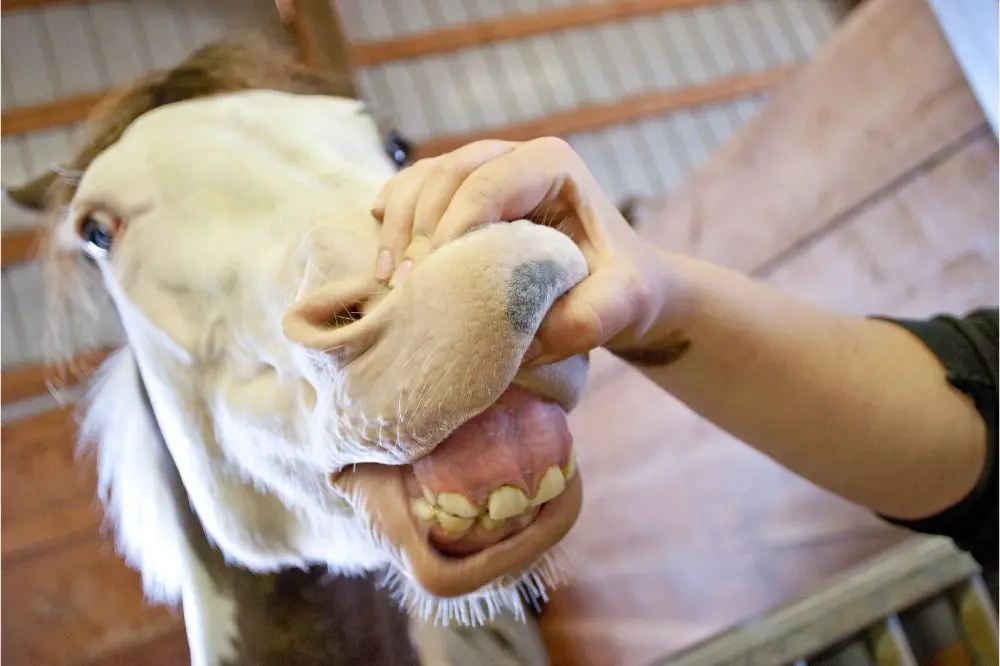
Horses can have between three and five types of teeth, so let’s break them down now.
-
Incisors
Horses have incisors at the front of the mouth, which are used for biting and tearing food such as grass and other vegetation. They can also be used in defense against predators and are sometimes used in fights between horses to establish social rank within the herd.
All horses have 12 incisors, six on the top and six on the bottom of the mouth.
The incisors are separated from the so-called “cheek teeth” at the back of the mouth by an interdental space in the jaw where no teeth are present.
-
Premolars and molars
The cheek teeth consist of the premolars and molars, and these are large, grinding teeth used for chewing food before it is swallowed.
All adult horses have 12 premolars and 12 molars, with six of each in the upper and lower jaws.
With the incisors, premolars and molars, this gives a total of 36 teeth, which is the minimum number that every horse has in its mouth.
-
Canines
In some horses, two other types of teeth can be present, and the first of these is canines. Horses can have up to four of them – although in many horses, they are not present.
They are more common in male horses, but even in males, it is not that common for all four to erupt. In females, they are even less common, with only 28% of mares having one or more canines.
-
Wolf teeth
Another type of tooth that may appear is what’s known as a wolf tooth, something that’s unrelated to canine teeth.
These are vestigial premolars, and when they appear, they are usually small and relatively undeveloped peg-like teeth that can vary in size.
Since they are technically considered to be the first premolar, the first cheek tooth in a horse’s mouth is always referred to as the second premolar, even when no wolf teeth are present.
Wolf teeth can erupt on either side, top and bottom, and the maximum number is four.
The maximum number of teeth a horse can have
This all means that if a horse has four canines and four wolf teeth, it has an extra eight teeth in addition to the 36 that every horse has, making the theoretical maximum number of teeth a horse can have 44.
This is why the number of teeth a horse can have varies, but in practice, it is extremely rare for a horse to have the full set of 44 because, even when canines or wolf teeth are present, it is uncommon for all four of both types to erupt.
In practice, the average number of teeth an adult horse has is between 36 and 42.
Milk Horse Teeth and permanent Horse Teeth
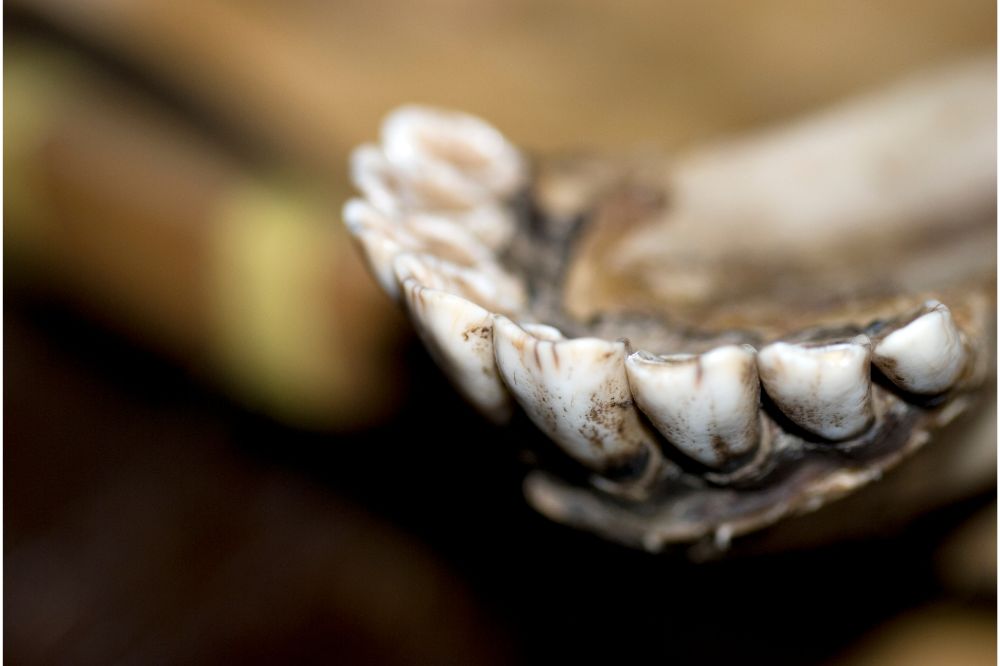
As we’ve already mentioned, like us, horses first grow a set of milk teeth – also known as baby teeth or deciduous teeth – which are then replaced by permanent teeth as the horse ages.
Since there are no milk teeth versions of the molars, the number of milk teeth a young horse has before they are replaced by the permanent ones is 24, consisting of 12 incisors and 12 premolars.
Since horses are grazers that spend a lot of time chewing, their premolars and molars are constantly being worn down, far more than ours.
The evolutionary solution to this is that horses’ permanent teeth continue to erupt throughout their lives and are constantly worn down as they push through.
This means that the total length of a young horse’s molars or premolars is around 4½-5” in length, but the portion visible above the gum line is much less – the rest is held in reserve below the gum line in the jaw.
Throughout the horse’s life, these teeth continue to emerge at a rate of about 1/8” per year, but if the teeth erupt or are worn down irregularly, it can cause problems with chewing.
Determining a horse’s age
Most people know the expression “don’t look a gift horse in the mouth”, and this peculiar saying comes from the fact that you can work out a horse’s age from its teeth – and that inspecting the teeth of a horse given to you as a gift would make you an ungrateful recipient.
This is because the eruption and loss of the milk teeth, the eruption of the permanent teeth and the wear on the permanent teeth usually happen in the same predictable order at particular ages.
This technique is not always perfectly accurate due to differences between breeds and also because a horse’s diet can affect how quickly its teeth are worn down, but it can still be used to estimate how old a horse is.
Here is a guide to the rough ages when horse’s teeth erupt.
Milk Horse Teeth
- 1st incisors (centrals) – Birth or 1st week
- 2nd incisors (intermediates) – 4-6 weeks
- 3rd incisors (corners) – 6-9 months
- 1st, 2nd, & 3rd premolars (cheek teeth) – Birth or first 2 weeks for all premolars
Permanent Horse Teeth
- Wolf teeth (1st premolars) – 5-6 months (not always present)
- 1st molars (4th cheek teeth) – 9-12 months
- 2nd molars (5th cheek teeth) – 2 years
- 1st incisors (centrals) – 2½ years
- 2nd premolars (1st cheek teeth) – 2½ years
- 3rd premolars (2nd cheek teeth) – 3 years
- 2nd incisors (intermediates) – 3½ years
- 3rd molars (6th cheek teeth) – 3½-4 years
- 4th premolars (3rd cheek teeth) – 4 years
- 3rd incisors (corners) – 4½ years
- Canines (bridle) – 4-5 years (not always present)
As mentioned, these ages can vary, but by age five, most horses will have lost all of their milk teeth and all of the permanent teeth will be present and fully developed.
After this, to tell a horse’s age, you need to look at the patterns of wear on the teeth.
Dental issues in horses
Just like us, horses can suffer from certain dental problems – and as a result, regular dental checkups and proper dental care are essential.
Since one of the most common uses for horses is riding, the eruption of wolf teeth may cause particular problems.
This is because when a horse is fitted with a bit, the bit is placed in the interdental space between the incisors and the cheek teeth – and the presence of wolf teeth can make this uncomfortable or even painful for the horse.
As a result, if wolf teeth are present and interfere with the bit, they are often removed.
Other dental problems in teeth can cause behavioral issues in horses, and if teeth wear down irregularly, it can make it difficult for a horse to eat.
Finally, when a horse reaches old age and its teeth stop growing, they may eventually fall out. If this happens, a horse may need to be given a diet based on softer foods to allow it to continue to eat.
An essential topic to understand for any horse lover
If you own a horse or are a horse lover, learning about their teeth will give you a deeper understanding of these animals and how they live.
Knowing when a horse’s teeth erupt can allow you to work out a horse’s age, and ensuring your horse receives proper dental care can help keep your horse happy and in the best possible health.

